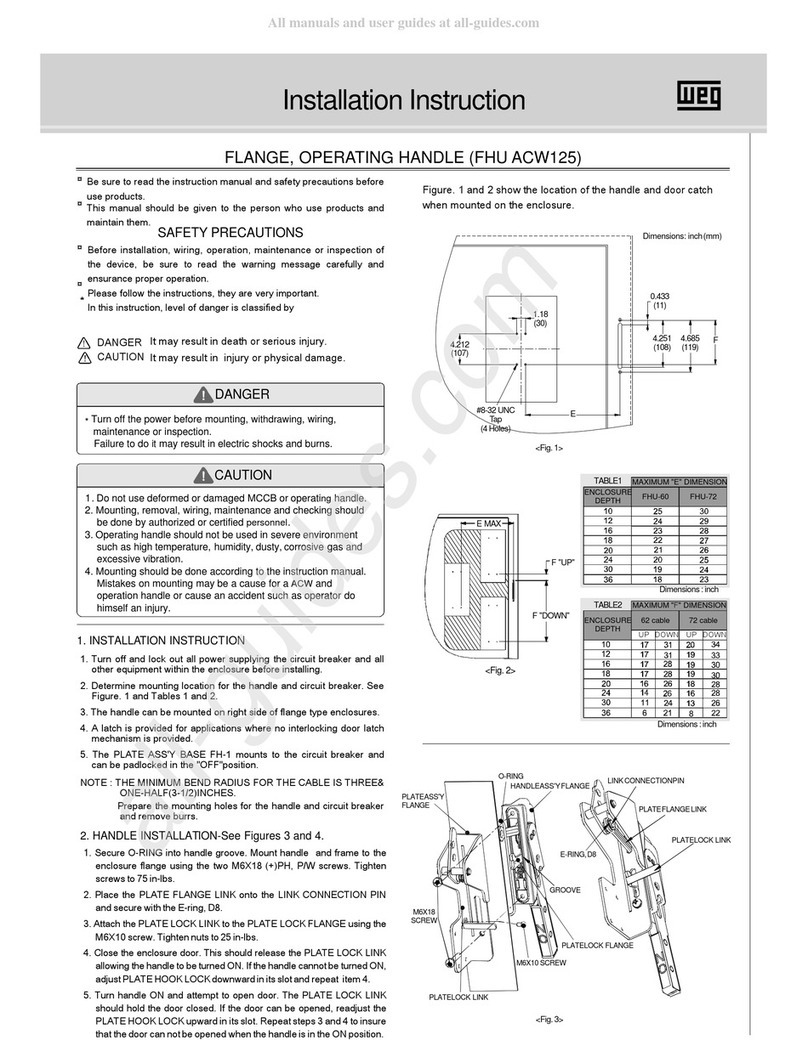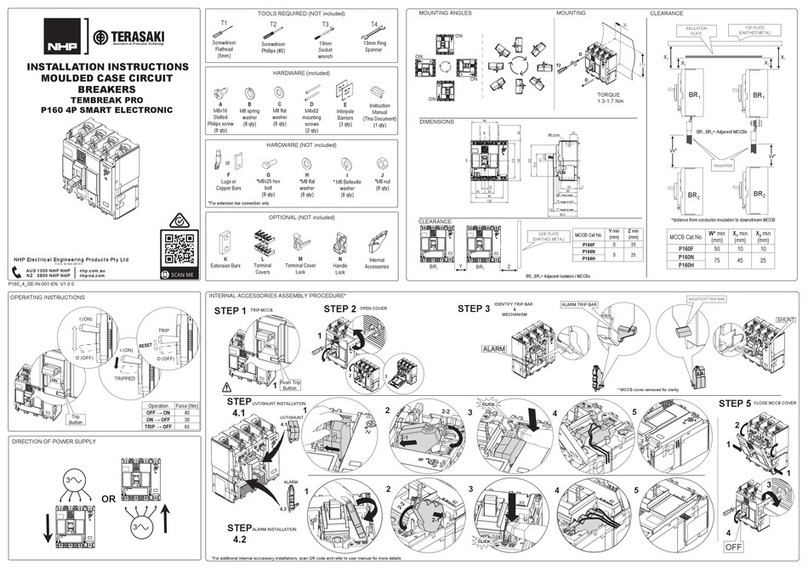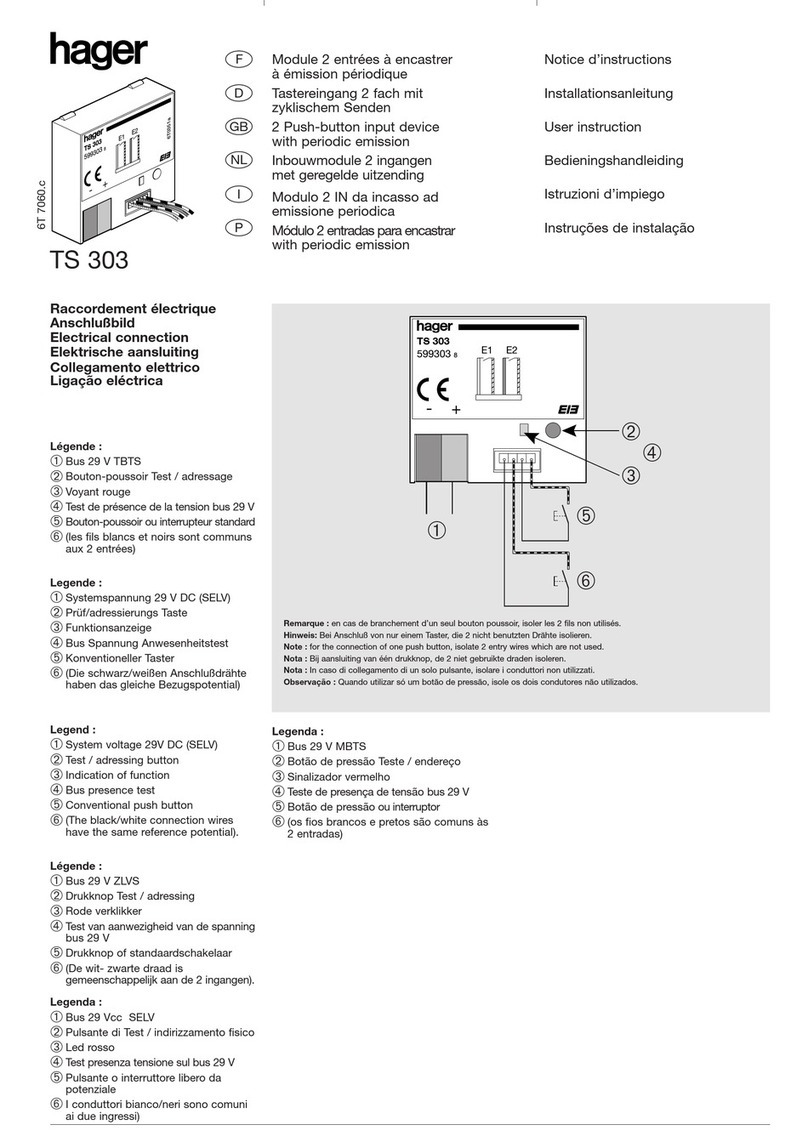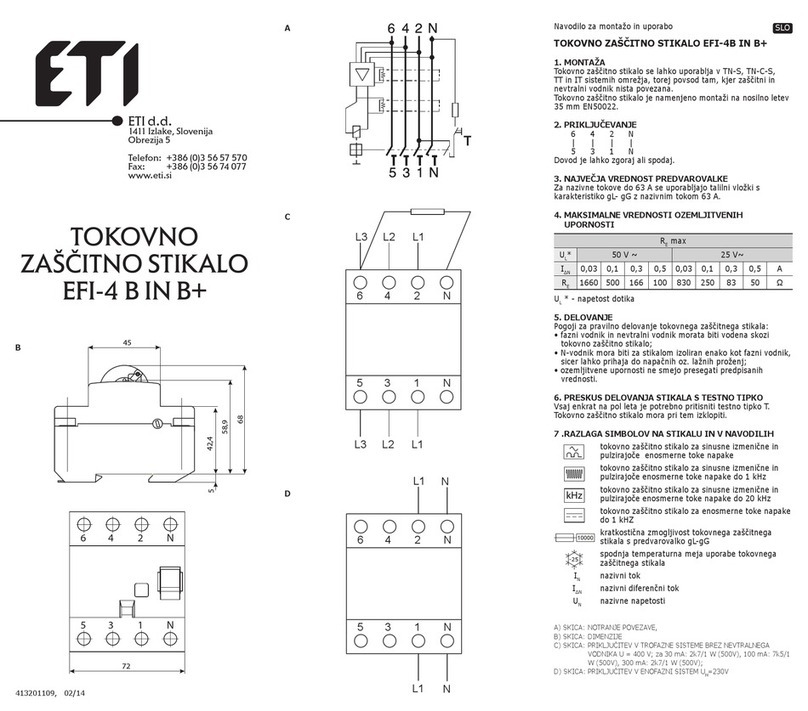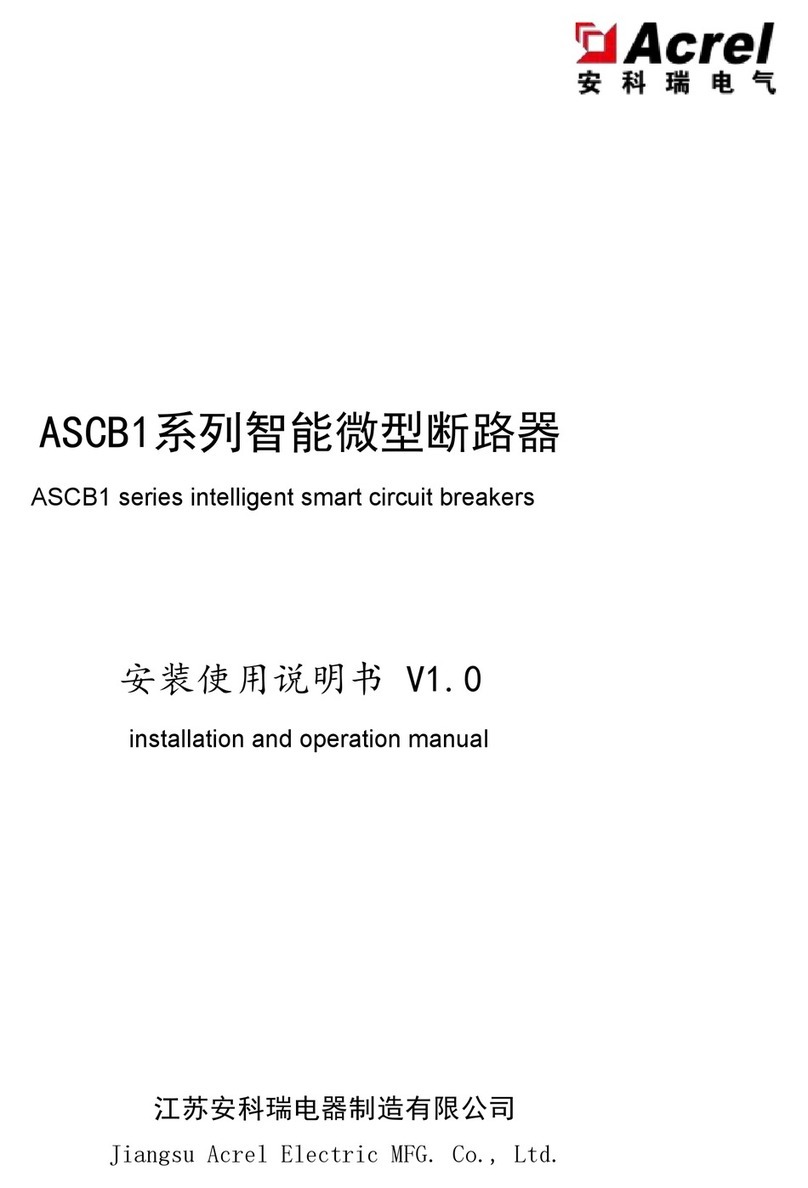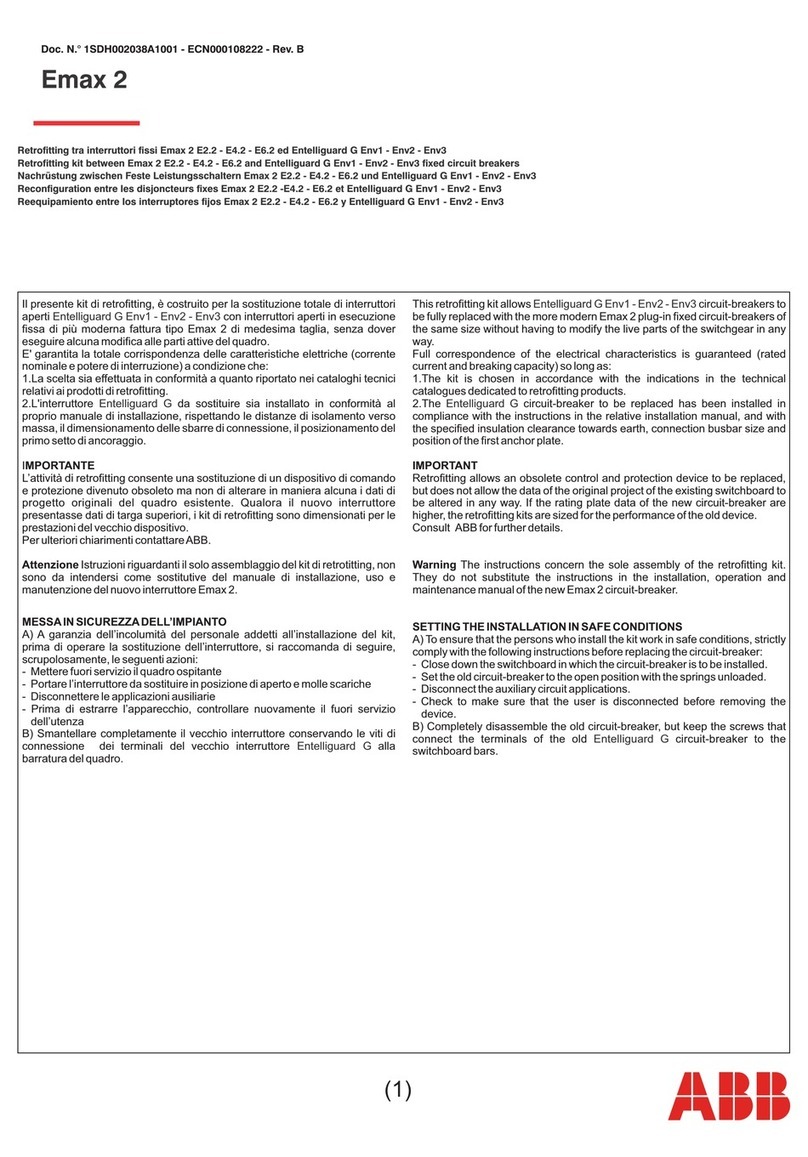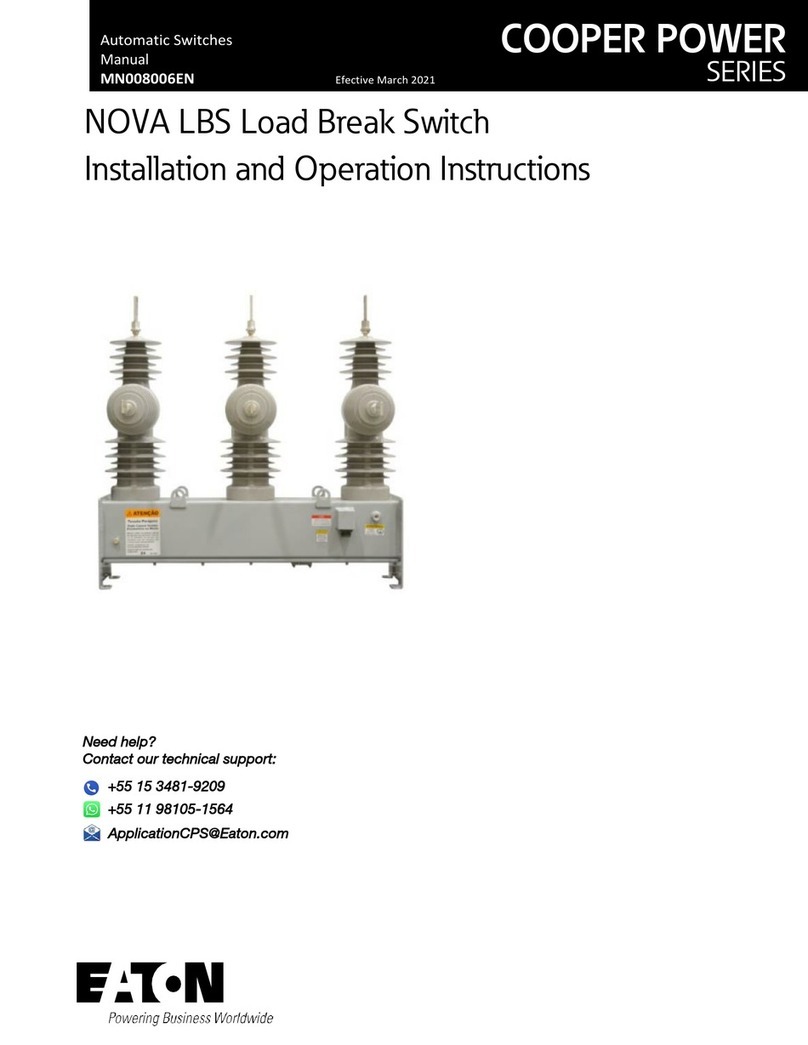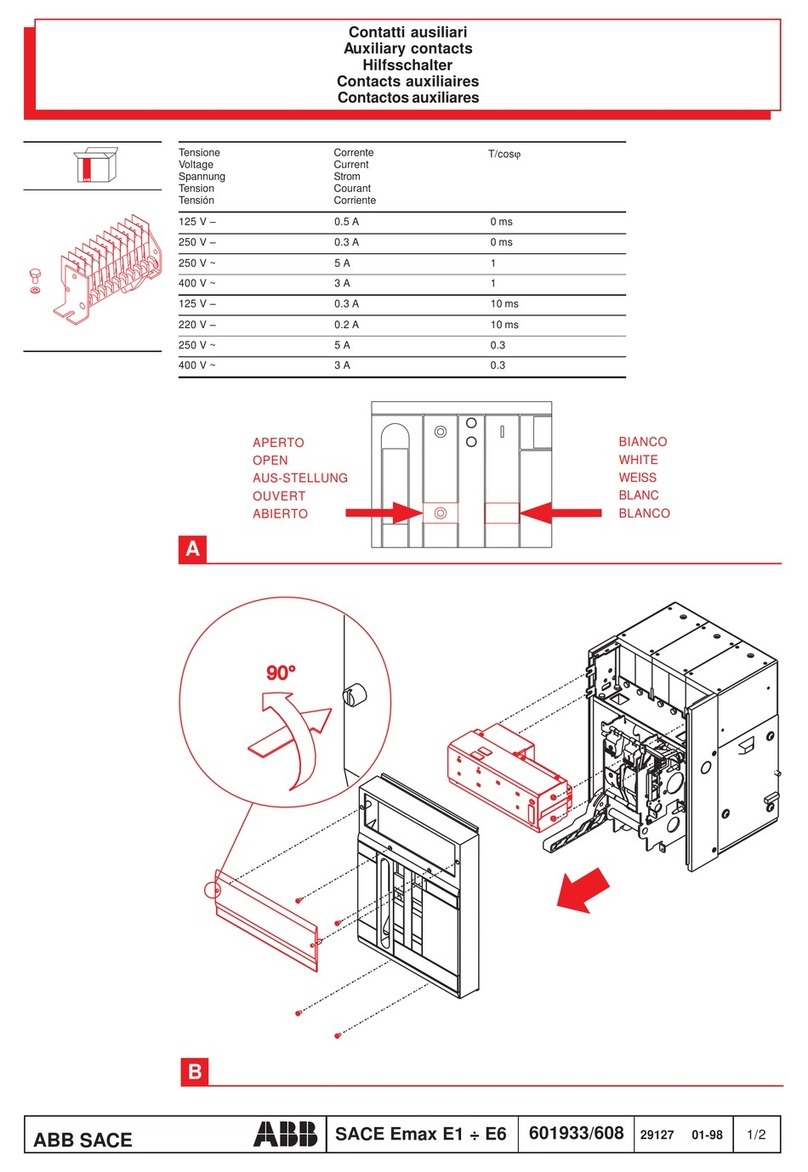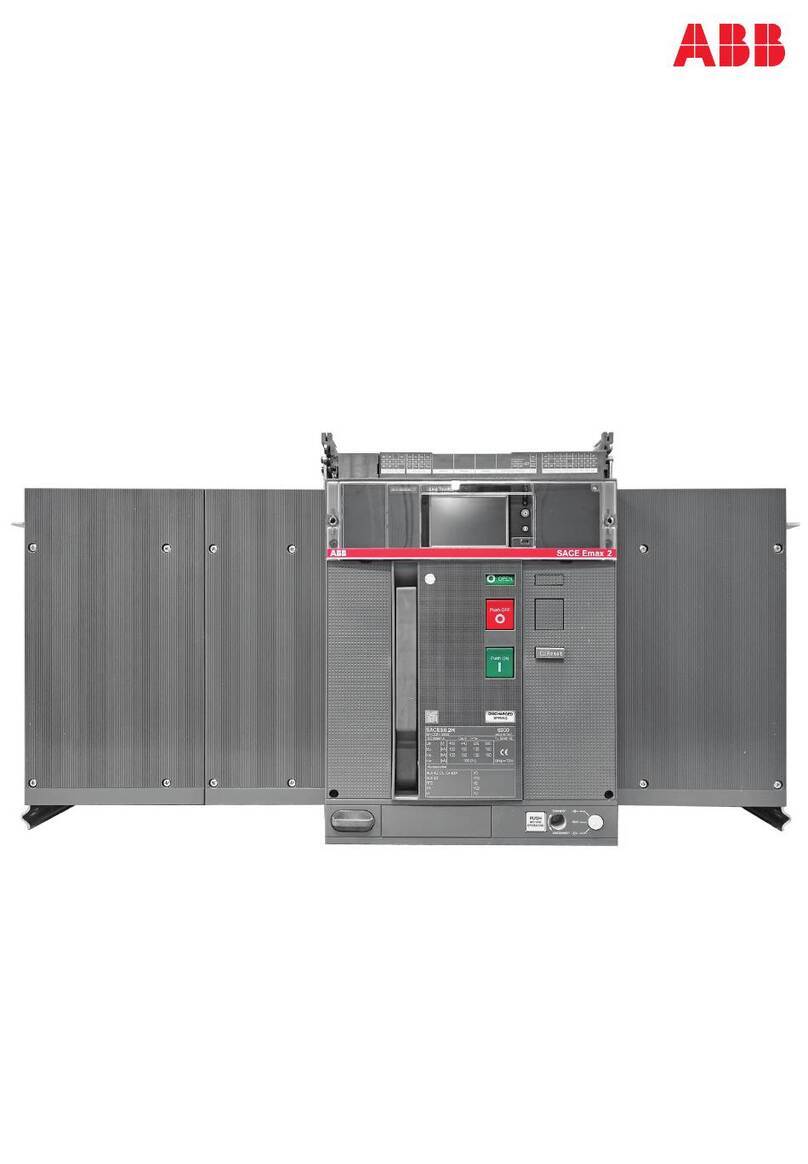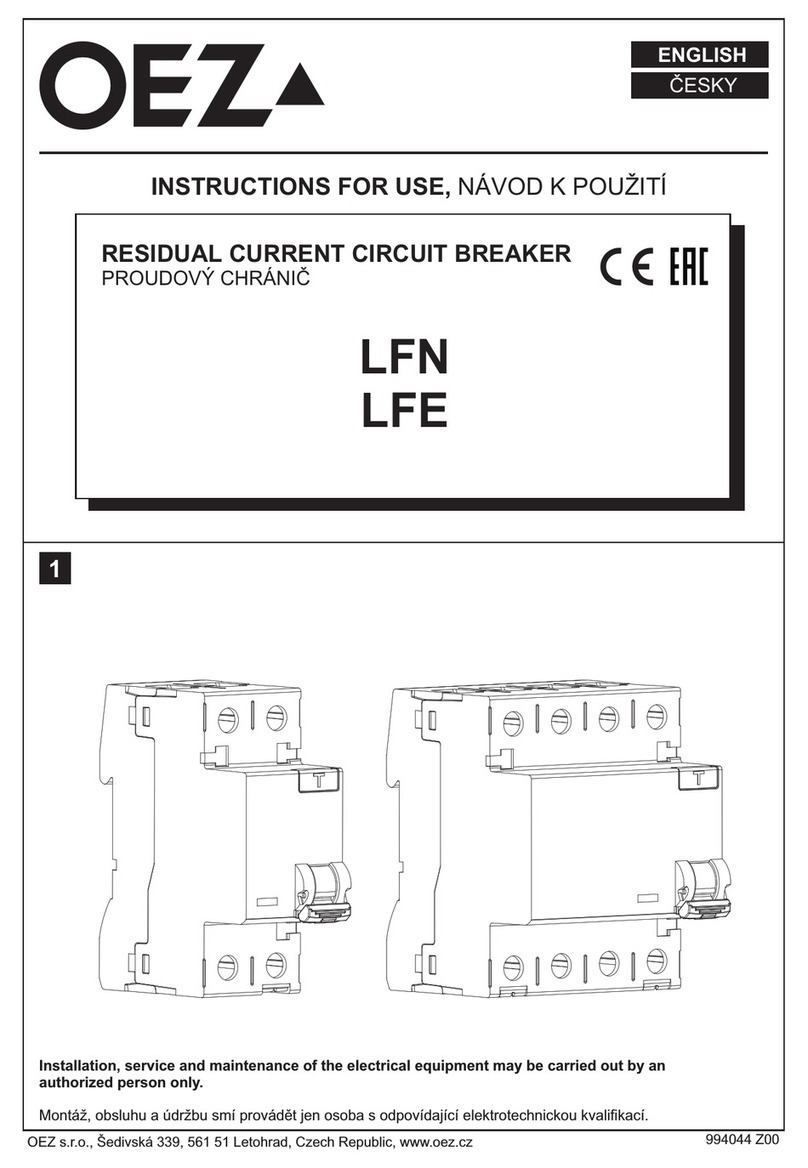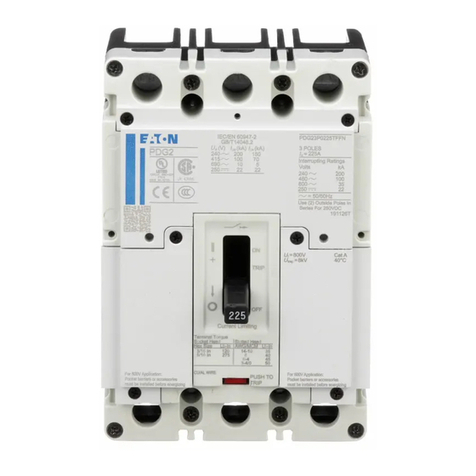
1
The system shuts off power to the DC motor when
the current consumption increases above the
monitored value. Thus, the device can act as a limit
switch.
• 3-15 V DC motor power supply
• load current < 1A
• stepless adjustment of the tripping current in the
range of 0.1-1 A
• 5 V DC power supply
• dual-mode operation
Characteristics
• control button
• option to expand the system
will be changed, that is, the motor will operate
rotating in the opposite direction, for example, to the
left. If the motor axis is not stopped, the motor will
automatically shut down after about 20 s.
Pressing the button starts the engine in the
conventional "first" direction, for example, to the
right. At this time, the value of the current drawn by
the motor is compared with the set value using
potentiometer PR1. When the motor axis is braked or
stopped, the current drawn by the motor will increase
significantly. Such an event will immediately cause the
system to react – the power supply to the motor will
be disconnected. Another press of the button will
restart the entire cycle, but the difference will be that
the polarity of the power supply to the motor
Pressing and holding the button will start the cycle in
force mode. It relies on the fact that when the power
supply to the motor is automatically disconnected,
but the button is still pressed, restart attempts will be
made at intervals of about 0.5 s until the button is
released. Such a feature will eliminate a possible
jamming of the mechanism.
The circuit, the schematic of which is shown in Figure
1, shuts off power to the DC motor if the current draw
increases above the monitored value. This allows the
system to act as a limit switch for a DC motor drive.
Circuit description
DC motor overcurrent circuit breaker
AVT 1623
PDF
DOWNLOAD
ASSEMBLY DIFFICULTY
